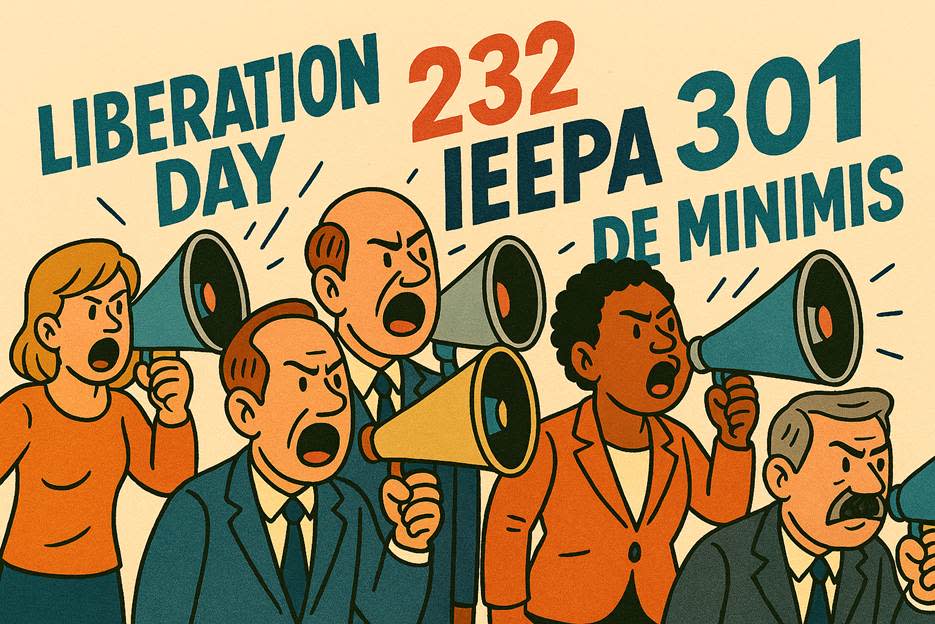October 2025 Chair Letter
October 2025 Chair Letter
Navigating the chaos of our U.S. Trade Landscape
There’s a sand volleyball court at our corporate headquarters. Every summer, we host a tournament so popular we’ve had to create three leagues just to accommodate everyone who wants to play (my team has always been in the “just-for-fun” league). That’s why I always picture myself on that court—knees bent, shifting from toe to toe—whenever a new curveball flies in from the administration.

Trade professionals and our employers couldn’t survive today’s environment without an extraordinary amount of agility. Our work has always been shaped by geopolitical tensions, shifting regulatory frameworks, supply chain disruptions, and evolving trade agreements. But the pace of change—and the constant cycle of work and rework—has reached a level no one could have anticipated. We’re operating in a climate of uncertainty that demands rapid adaptation, strategic foresight, and operational flexibility.
One of the most pressing challenges facing the FTZ community today is technology. Most zones rely on third-party software and a traditional implementation model: design, develop, test, deploy, and hyper-care. Right now, it feels like we’re working that process in reverse—starting with hyper-care and scrambling backward to meet ACE reporting requirements that are being rolled out without discussion, testing, or any runway for upstream systems and integrations. It’s been one of the most frustrating issues for NAFTZ members, service providers, operators, and users alike. Hopefully, we can come together to adjust to this new paradigm and find innovative ways to adapt.
Agility is also showing up in how our Grantees are responding to evolving FTZ Board inquiries on applications, as the administration works to understand how best to incorporate the FTZ Program into its America First Trade Policy. I suspect we’ll see more developments on this front in the months ahead.
The emotional toll of constant change can’t be overlooked. We’re exhausted, frustrated, stressed, and confused (which CSMS was that again—and how many updates did it have?). NAFTZ continues to adapt, working to stay ahead of the changes, assess their impact on the program, and provide timely updates to members. And as we saw at our annual conference, the association offers more than just information—it’s a place to commiserate, a shoulder to lean on, and a community of professionals who can still laugh and smile together.
Eventually, this environment will lead to resilience—but that’s a topic for another day.
